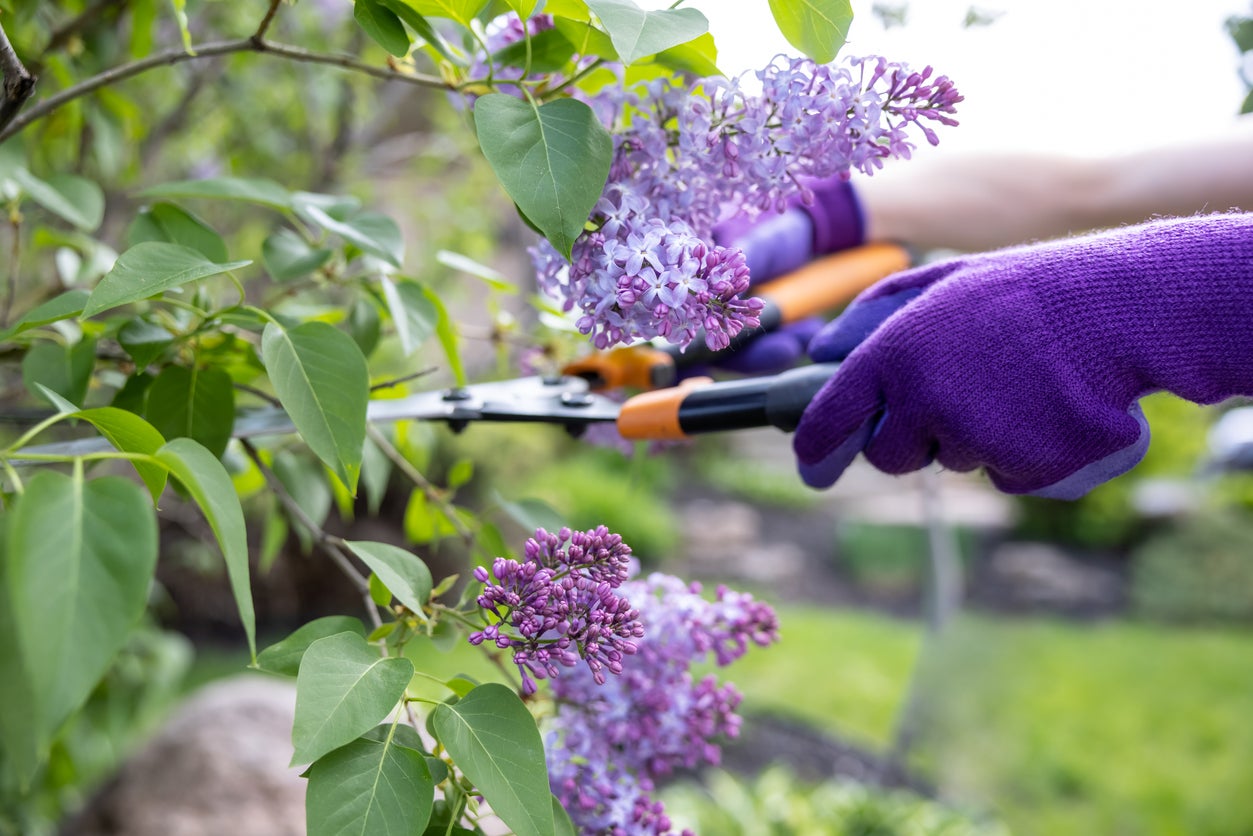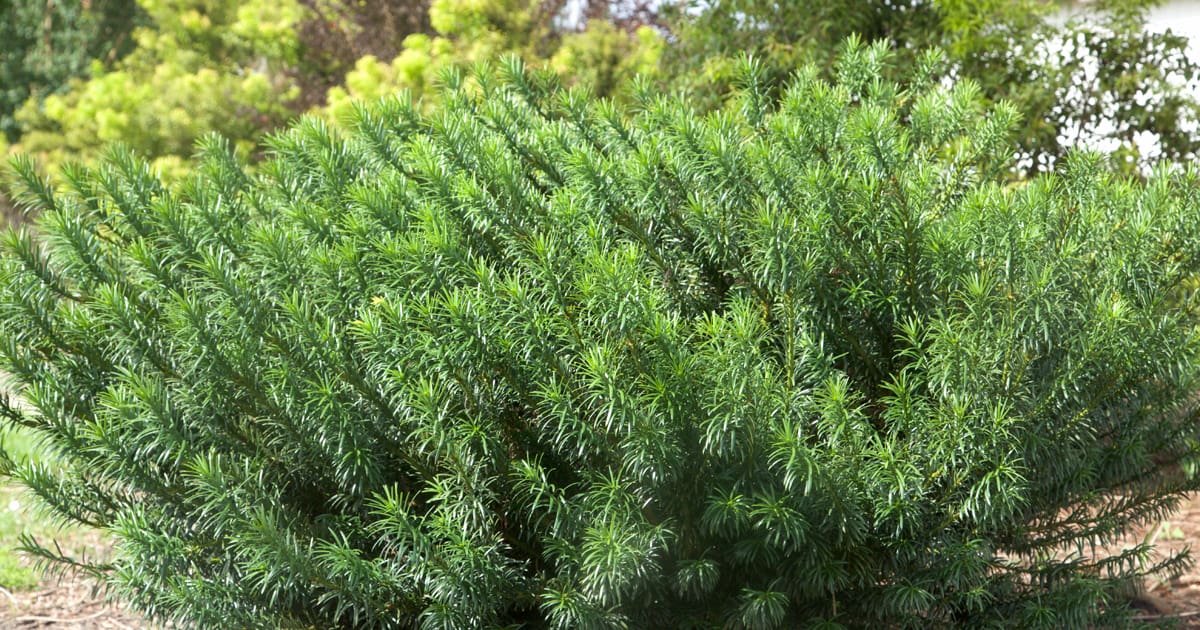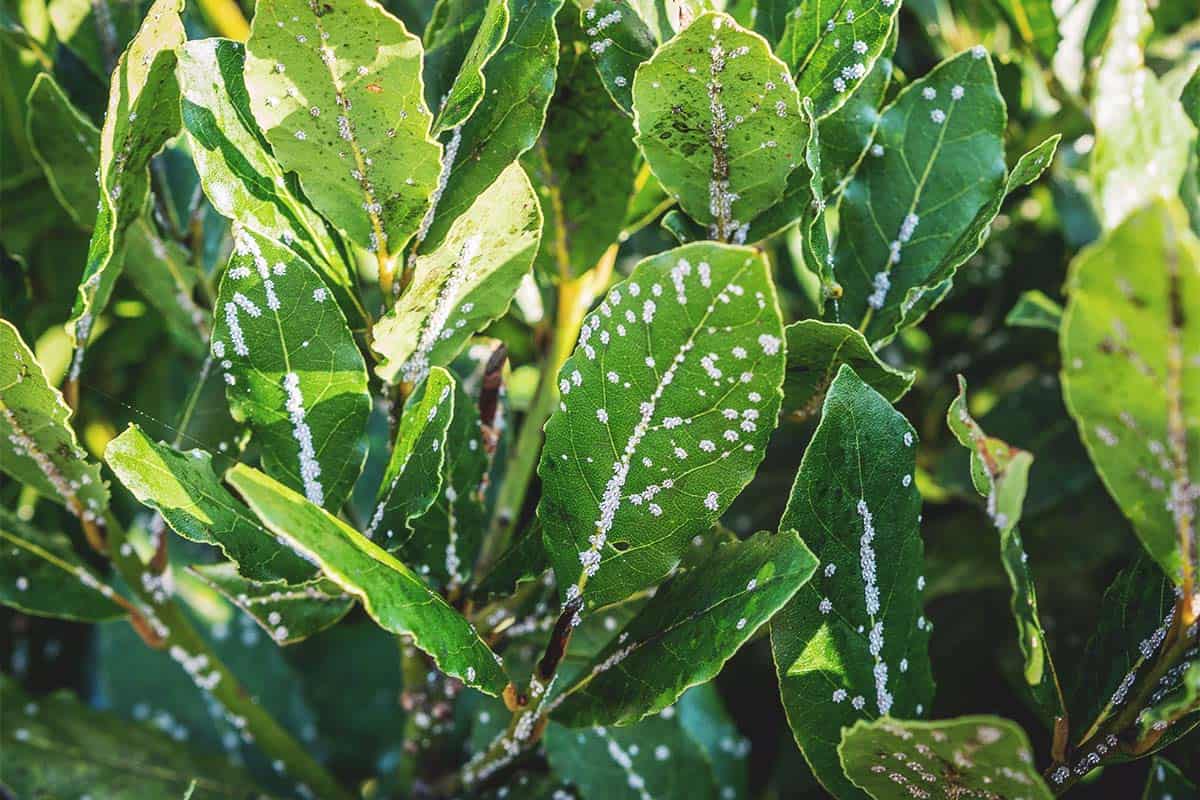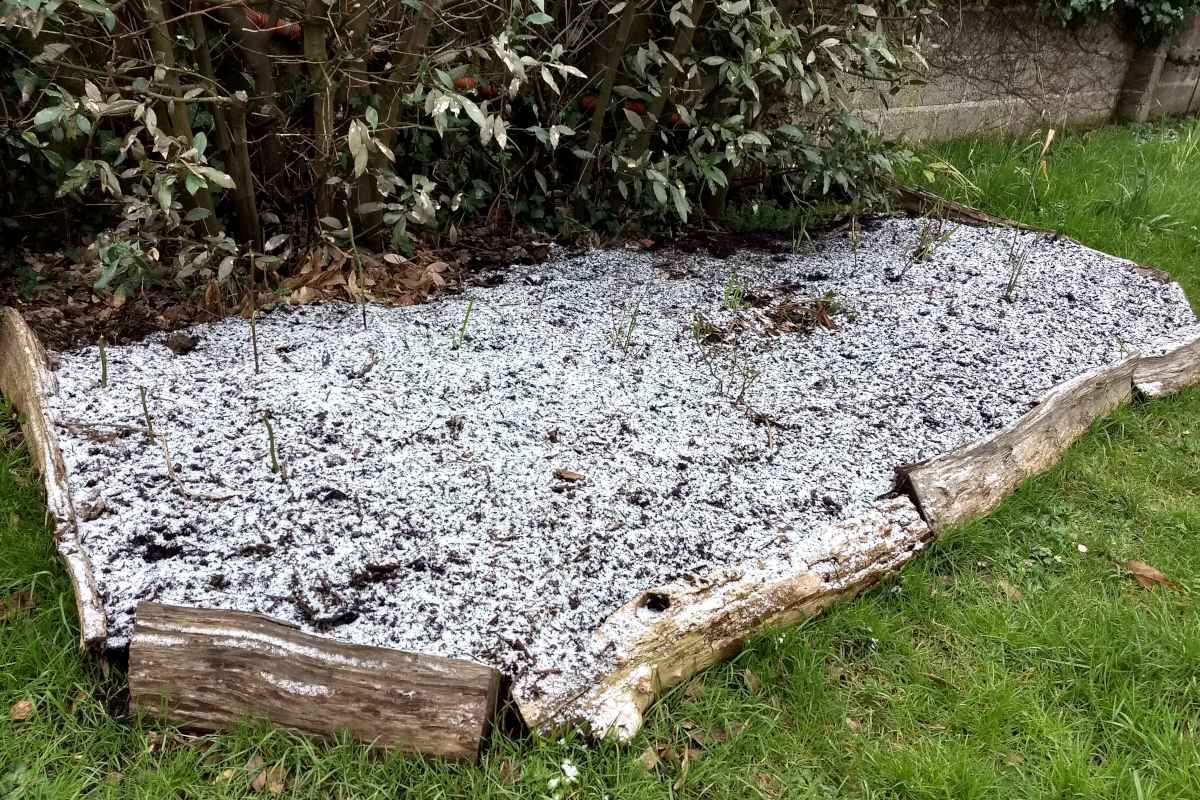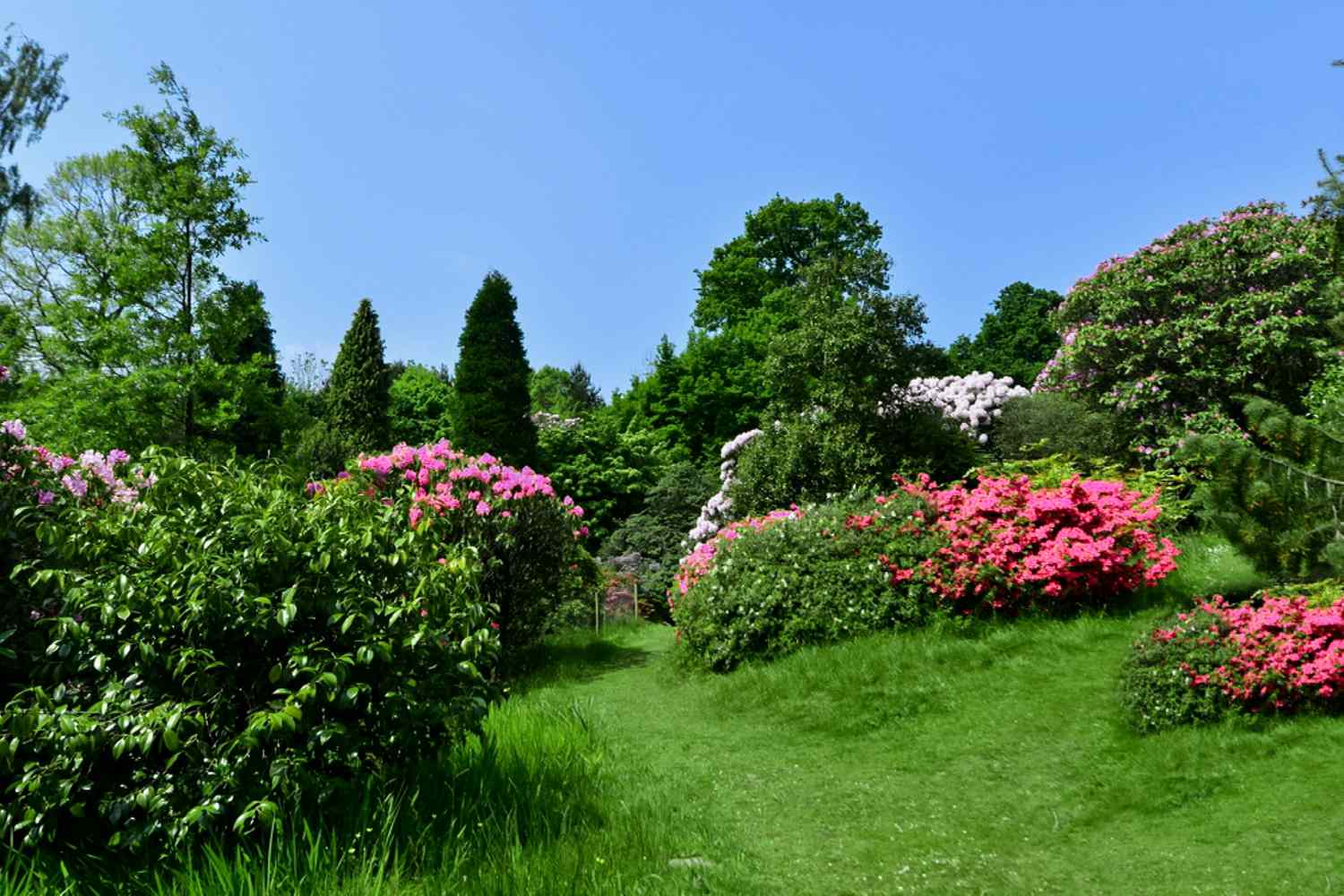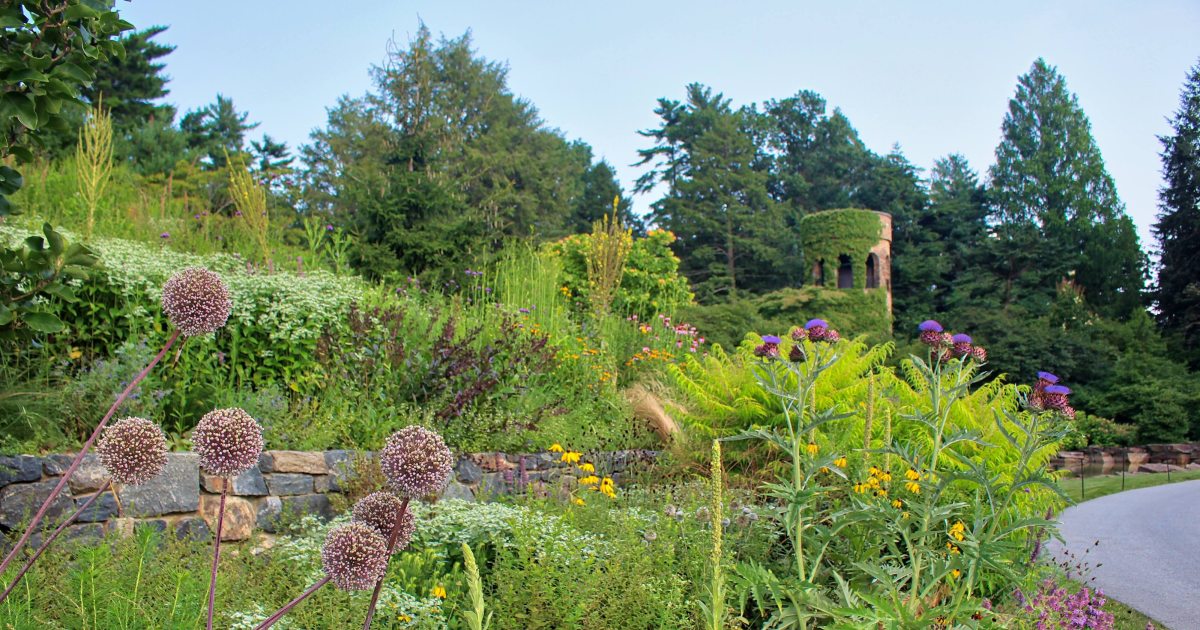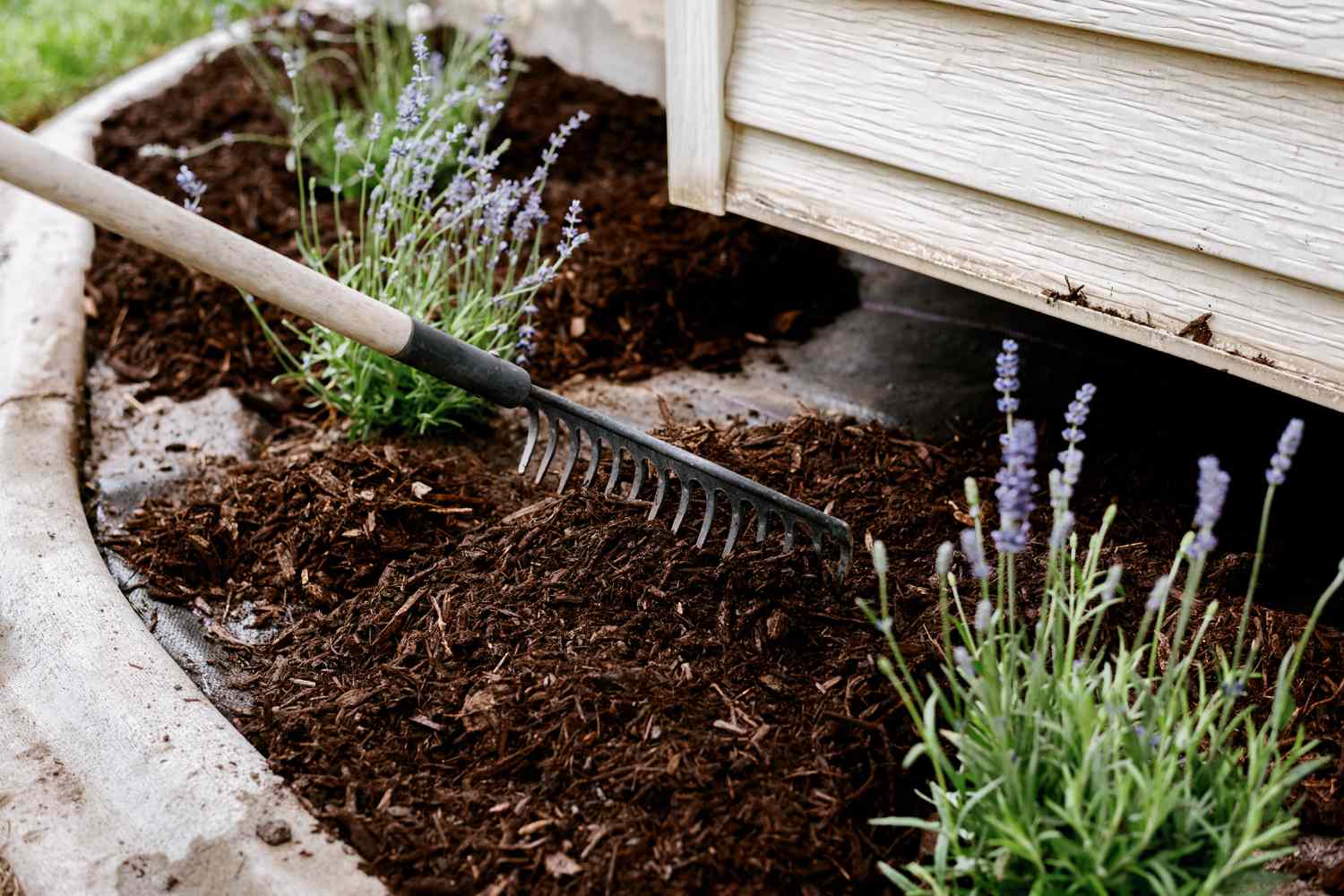Home>Garden Design>Planning Your Garden>How To Shape Nandina Shrubs
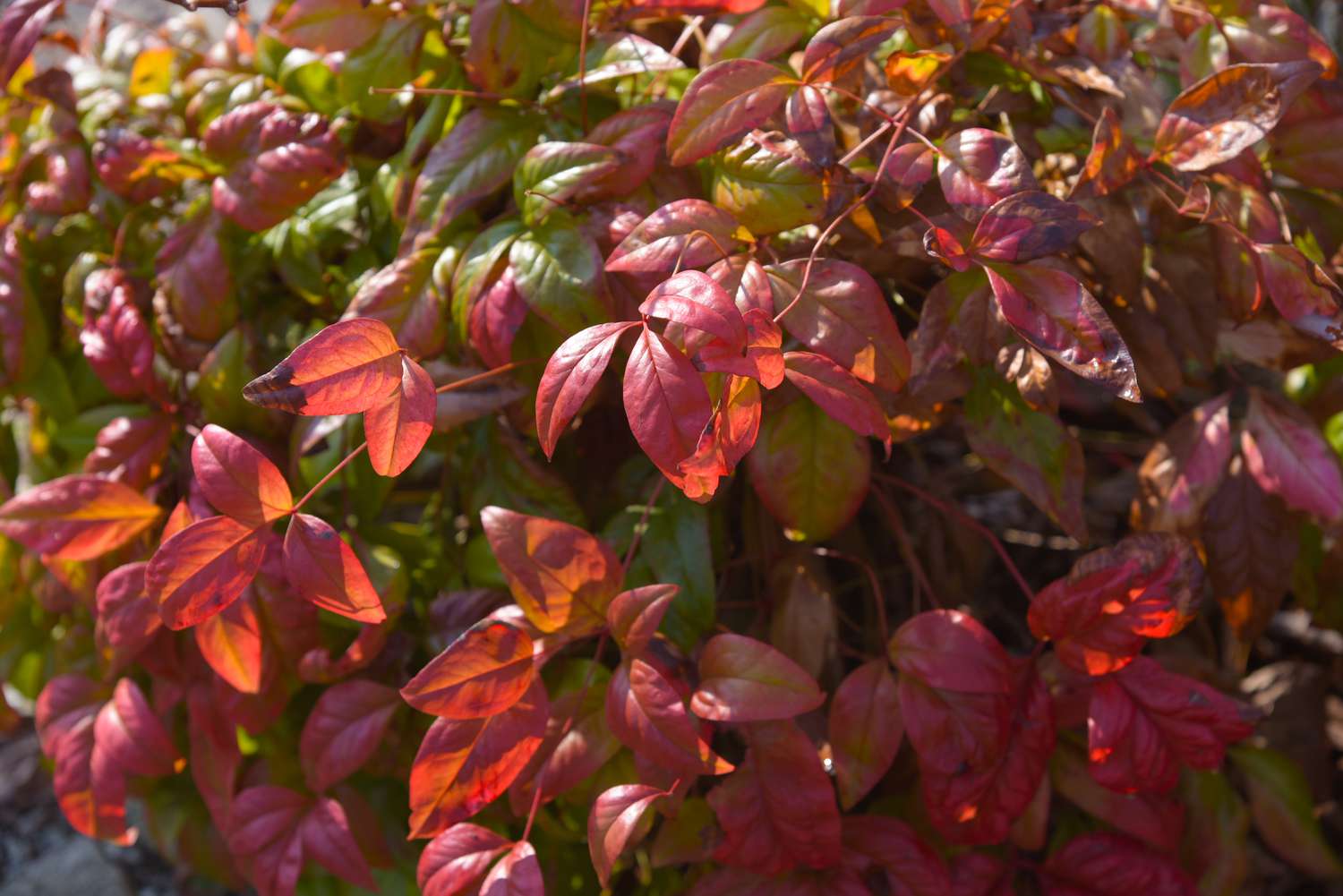

Planning Your Garden
How To Shape Nandina Shrubs
Modified: January 22, 2024
Learn how to shape and maintain your Nandina shrubs with our comprehensive guide. Plan your garden effectively with our expert tips and advice.
(Many of the links in this article redirect to a specific reviewed product. Your purchase of these products through affiliate links helps to generate commission for Chicagolandgardening.com, at no extra cost. Learn more)
Table of Contents
Introduction
Nandina shrubs, also known as heavenly bamboo, are popular ornamental plants that add beauty and sophistication to any garden. With their vibrant foliage and delicate clusters of berries, nandina shrubs are a versatile choice for homeowners looking to enhance their outdoor spaces. While these plants are naturally attractive, shaping them properly can enhance their aesthetic appeal and help maintain their overall health.
In this article, we will explore various techniques for shaping nandina shrubs to achieve desired forms and structures. Whether you want to create a formal hedge, a topiary, or simply maintain a neat and balanced appearance, we will provide you with the guidance you need. We’ll also discuss the best time to shape your nandina shrubs and the essential tools you’ll need to get the job done.
Shaping nandina shrubs may seem intimidating at first, but with the right knowledge and techniques, anyone can successfully transform their garden into a visually stunning masterpiece. So, let’s dive into the world of nandina shrub shaping and discover the secrets to creating an enchanting outdoor space.
Choosing the Right Time and Tools
Before you begin shaping your nandina shrubs, it’s important to consider the appropriate time and the tools you’ll need for the task. Timing is crucial, as pruning at the wrong time can stress the plants and inhibit their growth and flowering. Ideally, the best time to shape nandina shrubs is during the late winter or early spring, before new growth starts to emerge. This will allow the plants to recover and grow vigorously during the upcoming growing season.
Now let’s talk about the tools you’ll need. To shape your nandina shrubs effectively, you’ll require a few essential tools. These include sharp pruning shears, loppers, hedge trimmers, and a pruning saw. Select tools that are clean and sharp to ensure precise cuts and minimize the risk of damaging the shrubs. Additionally, it’s always a good idea to wear gloves and protective eyewear when working with sharp tools for your safety.
When choosing pruning shears, opt for bypass shears rather than anvil shears as they provide cleaner cuts. Loppers can be helpful for pruning thicker branches, while hedge trimmers are useful for shaping nandina shrubs into hedges or maintaining their overall form. A pruning saw may be necessary for larger, woody branches that cannot be easily cut with other tools.
Keep in mind that the specific tools you use may vary depending on the size and maturity of your nandina shrubs, as well as the desired shaping technique. Regular maintenance pruning may only require handheld shears, while more extensive shaping may require the use of loppers and hedge trimmers.
By choosing the right time and tools for shaping your nandina shrubs, you’ll set yourself up for success and ensure healthy and aesthetically pleasing plants.
Pruning Techniques for Nandina Shrubs
Pruning nandina shrubs requires careful consideration and precision to achieve the desired shape and structure. Here are some effective techniques to help you prune your nandina shrubs:
- Thinning: Thinning involves removing select branches from within the shrub to improve airflow, light penetration, and overall plant health. This technique is particularly useful for dense and overcrowded nandina shrubs. Using pruning shears, identify and remove older or weaker branches, focusing on achieving an open and well-spaced framework.
- Heading Back: Heading back is the process of cutting back longer branches to a shorter length. This technique is useful for maintaining the overall shape and size of the nandina shrub. Use sharp shears to make cuts just above a bud or lateral branch. Avoid cutting too far back into the older wood, as this can hinder the growth of new shoots.
- Renewal Pruning: Renewal pruning involves cutting down the entire nandina shrub to the ground level. This technique helps rejuvenate older and overgrown shrubs, promoting vigorous new growth. Ideally, renewal pruning should be done during the late winter or early spring while the shrub is dormant. However, keep in mind that doing a complete renewal pruning will sacrifice the plant’s current season’s flowers and berries.
- Pinching: Pinching is a technique used to shape young nandina shrubs and encourage bushier growth. By pinching off the tips of the branches, you promote the growth of lateral buds, resulting in a more compact and fuller appearance. Use your fingers or sharp pruning shears to pinch the soft growth tips.
- Shearing: Shearing is commonly used for creating formal hedges or geometric shapes with nandina shrubs. Use hedge trimmers to trim the outer foliage, ensuring straight and even lines. However, avoid excessive shearing as it can remove too much foliage and compromise the overall health of the shrub.
Remember, when pruning nandina shrubs, always make clean cuts just above a bud, lateral branch, or the main stem. This will minimize the risk of disease and promote healthy regrowth. Regular pruning, combined with proper techniques, will help maintain the shape, health, and beauty of your nandina shrubs.
Shaping Nandina Shrubs into Hedges
Nandina shrubs have the perfect characteristics to be shaped into beautiful hedges. Their dense foliage, vibrant colors, and graceful growth patterns make them ideal for creating formal or informal hedge structures. Here are some steps to help you shape your nandina shrubs into hedges:
- Choose the right variety: Select a nandina shrub variety that is well-suited for hedging. Look for compact and bushy varieties that have a naturally upright growth habit. Some popular hedge-worthy varieties include ‘Gulf Stream’, ‘Firepower’, and ‘Harbour Dwarf’.
- Plan and measure: Determine the desired height and width of your hedge. Use stakes, strings, or a straightedge to create a guideline for even and uniform shaping. This will help you maintain a consistent shape and prevent the hedge from becoming lopsided.
- Start with a solid base: Begin by pruning the sides of the shrub, removing any wayward or overhanging branches. This will establish a solid and defined hedge base. Use sharp shears or hedge trimmers to make straight and even cuts.
- Trim the top: Once the sides are in shape, focus on trimming the top of the hedge. Use hedge trimmers to create a straight and level line, following the guidelines set during the planning stage. Take your time and step back occasionally to assess the overall shape and make necessary adjustments.
- Maintain regular pruning: To keep your nandina hedge looking its best, regular maintenance pruning is essential. Trim any new growth that extends beyond the desired shape and size. This will help maintain a neat and tidy appearance and prevent the hedge from becoming overgrown.
- Fertilize and water: To encourage healthy growth and vibrant foliage, fertilize your nandina hedge regularly according to the recommended guidelines. Additionally, ensure the hedge receives adequate water, especially during hot and dry periods, to prevent stress and maintain its lush appearance.
Shaping nandina shrubs into hedges requires patience, precision, and regular maintenance. By following these steps and providing proper care, you can transform your nandina shrubs into stunning hedges that add structure, privacy, and beauty to your garden.
Maintaining the Shape of Nandina Shrubs
Once you’ve shaped your nandina shrubs, it’s important to maintain their form and structure to ensure long-term beauty and health. Regular maintenance will help preserve the desired shape, prevent overcrowding, and promote healthy growth. Here are some tips for maintaining the shape of your nandina shrubs:
- Prune selectively: Regularly inspect your nandina shrubs and prune selectively to remove any overgrown or wayward branches. Trim back any branches that extend beyond the desired shape or size, ensuring clean cuts just above a bud or lateral branch.
- Remove dead or damaged branches: Periodically check for dead or damaged branches and promptly remove them. This will improve the overall appearance of the shrub and prevent the spread of diseases or pests.
- Thin out overcrowded areas: If you notice areas of your nandina shrub becoming too dense or crowded, selectively thin out branches to improve airflow and light penetration. This will promote healthy growth and help maintain the shape of the shrub.
- Regularly shape hedges: If you’ve shaped your nandina shrubs into hedges, it’s important to regularly trim and maintain their form. Use hedge trimmers to trim the sides and top of the hedge, following the established shape. This will help keep the hedge dense, neat, and uniform.
- Monitor for pests and diseases: Keep a watchful eye for any signs of pests or diseases that may affect the health and shape of your nandina shrubs. If necessary, take appropriate measures, such as using organic pest controls or consulting with a professional, to address any issues promptly.
- Provide proper care: To ensure the overall health and vigor of your nandina shrubs, provide them with proper care and maintenance. This includes regular watering, mulching, fertilizing, and monitoring for any specific care requirements of the particular nandina variety you have.
Maintaining the shape of nandina shrubs requires regular attention and care. By following these tips and staying proactive in your maintenance efforts, you can ensure your nandina shrubs remain in their desired form, enhancing the beauty of your garden for years to come.
Conclusion
Shaping nandina shrubs is a rewarding process that allows you to create stunning forms and structures, adding beauty and elegance to your garden. By choosing the right time and tools, practicing effective pruning techniques, and maintaining regular care, you can successfully shape and maintain the form of your nandina shrubs.
Remember to plan and measure when shaping nandina shrubs into hedges, and always strive for a uniform and well-defined shape. Regular maintenance pruning is crucial to preserve the desired form, remove any overgrown or damaged branches, and promote healthy growth. By monitoring for pests and diseases and providing proper care, you can ensure the long-term health and beauty of your nandina shrubs.
Whether you choose to shape your nandina shrubs into hedges, topiaries, or simply maintain a neat and balanced appearance, the techniques and tips provided in this article will guide you in creating a visually stunning masterpiece in your garden.
So, grab your pruning tools, put on your gardening gloves, and let your creativity shine as you mold your nandina shrubs into shapes that will delight and enchant both you and your guests for years to come.

